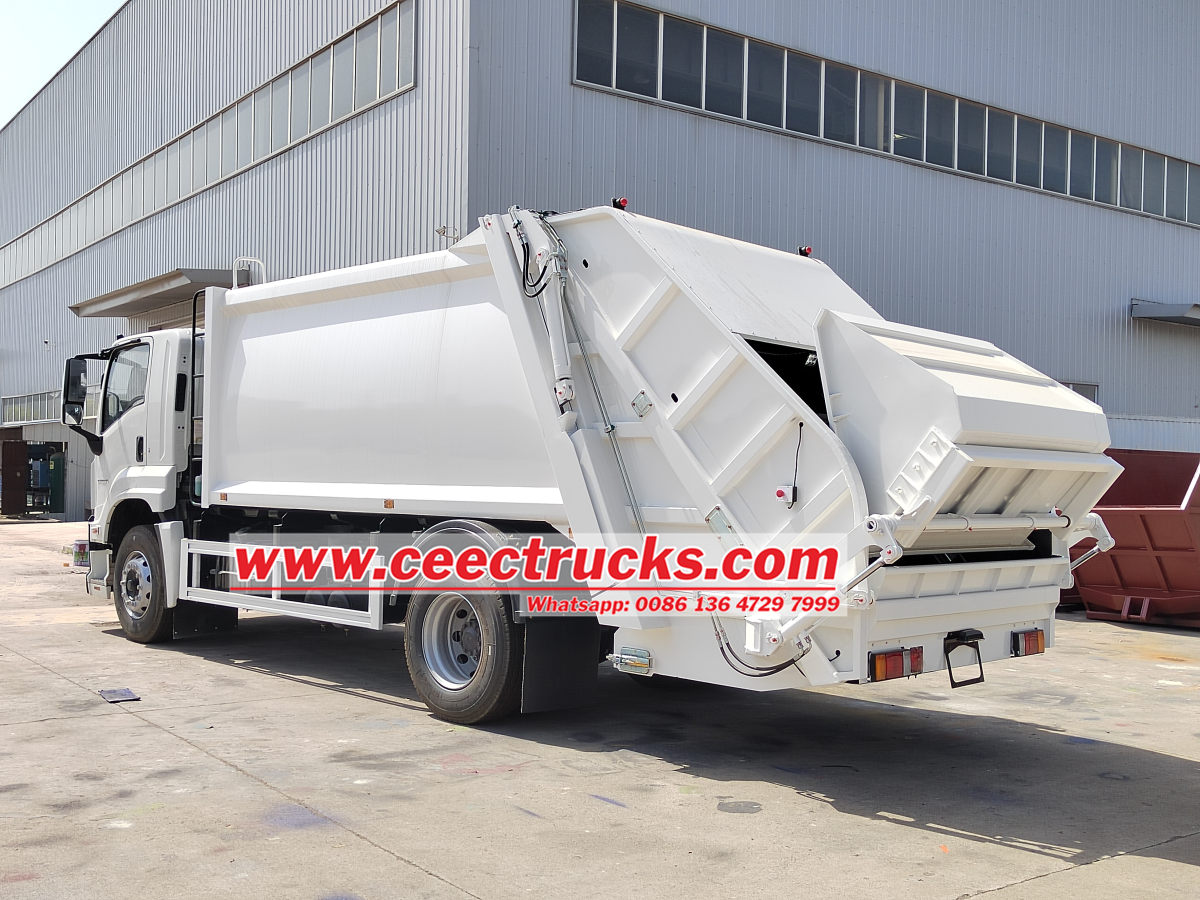
Inspection standards for new Isuzu compression garbage trucks, also named check list for Isuzu garbage truck compactor or Pre-Trip Inspections On A Isuzu chassis Garbage Truck.
As an important equipment for urban sanitation work, the performance and safety of Isuzu compression garbage trucks are directly related to the efficiency of garbage disposal and public safety. In order to ensure that compression garbage trucks can operate efficiently and safely, the country has formulated a series of strict inspection standards. This article will discuss these inspection standards in detail in order to provide reference and guidance for related enterprises and industries.
1. Vehicle performance inspection
Vehicle performance is the primary content of Isuzu compression garbage trucks inspection, mainly including technical indicators, appearance dimensions, garbage bin volume, and compression device performance.
Technical indicators: The power, speed, displacement, etc. of compression garbage trucks must comply with national standards. For example, a common compression garbage truck may have a power of 80kw, a speed of 90km/h, and a displacement of 3856ml. These technical indicators ensure that the vehicle has sufficient power and speed to meet the needs of urban garbage disposal.
Appearance dimensions: The overall dimensions of the vehicle, including length, width, and height, must comply with regulations. For example, a standard compression garbage truck may be 5900*2000*2600mm in size. Reasonable size design not only facilitates the vehicle to travel on urban roads, but also ensures the driver's field of vision and operating space.
Garbage bin volume: The volume of the garbage bin is an important indicator to measure the loading capacity of the compression garbage truck. The common garbage bin volume is 5 cubic meters. This design not only ensures sufficient loading capacity, but also avoids safety hazards caused by overloading.
Compression device performance: The performance of the compression device is directly related to the effect and efficiency of garbage compression. During the inspection, the compression device needs to be tested for multiple working cycles to ensure that it can smoothly and quickly complete the compression and loading of garbage.
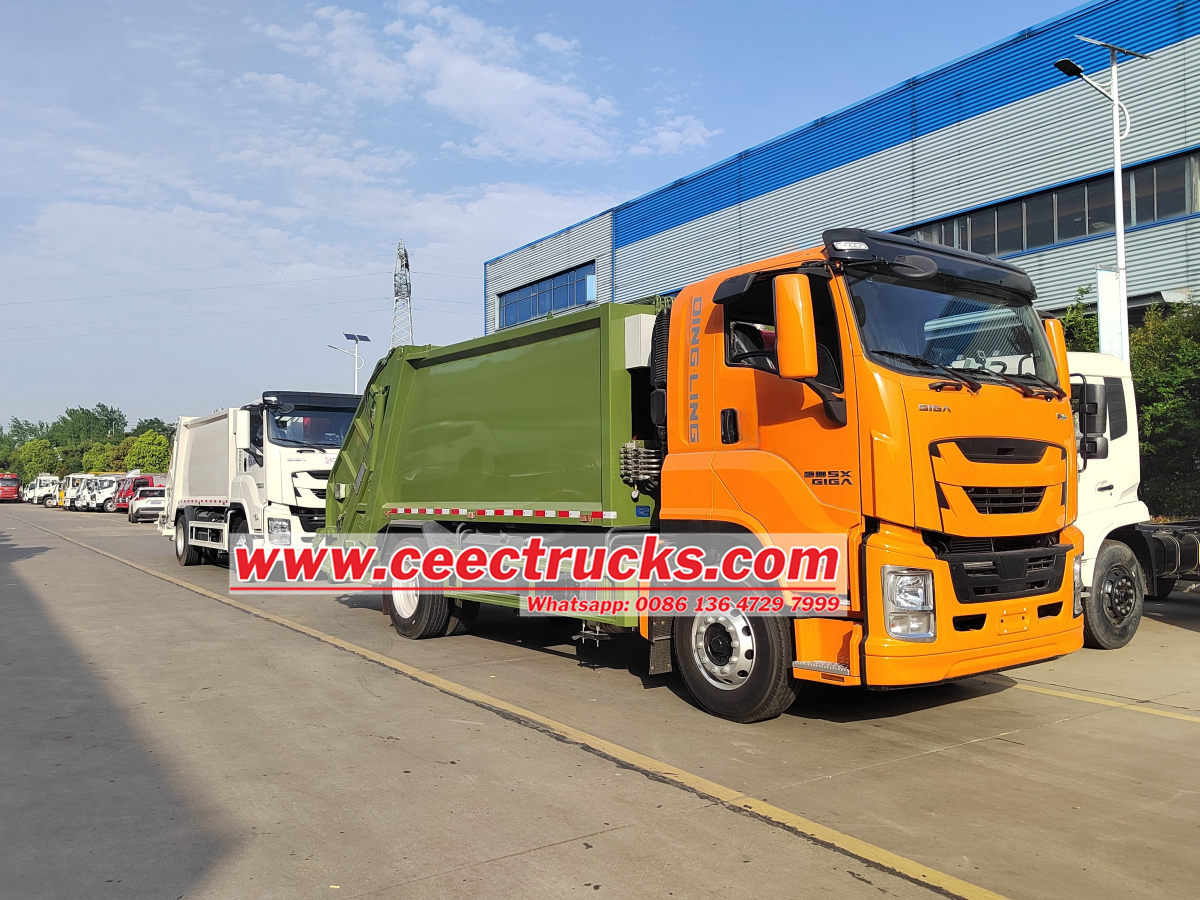
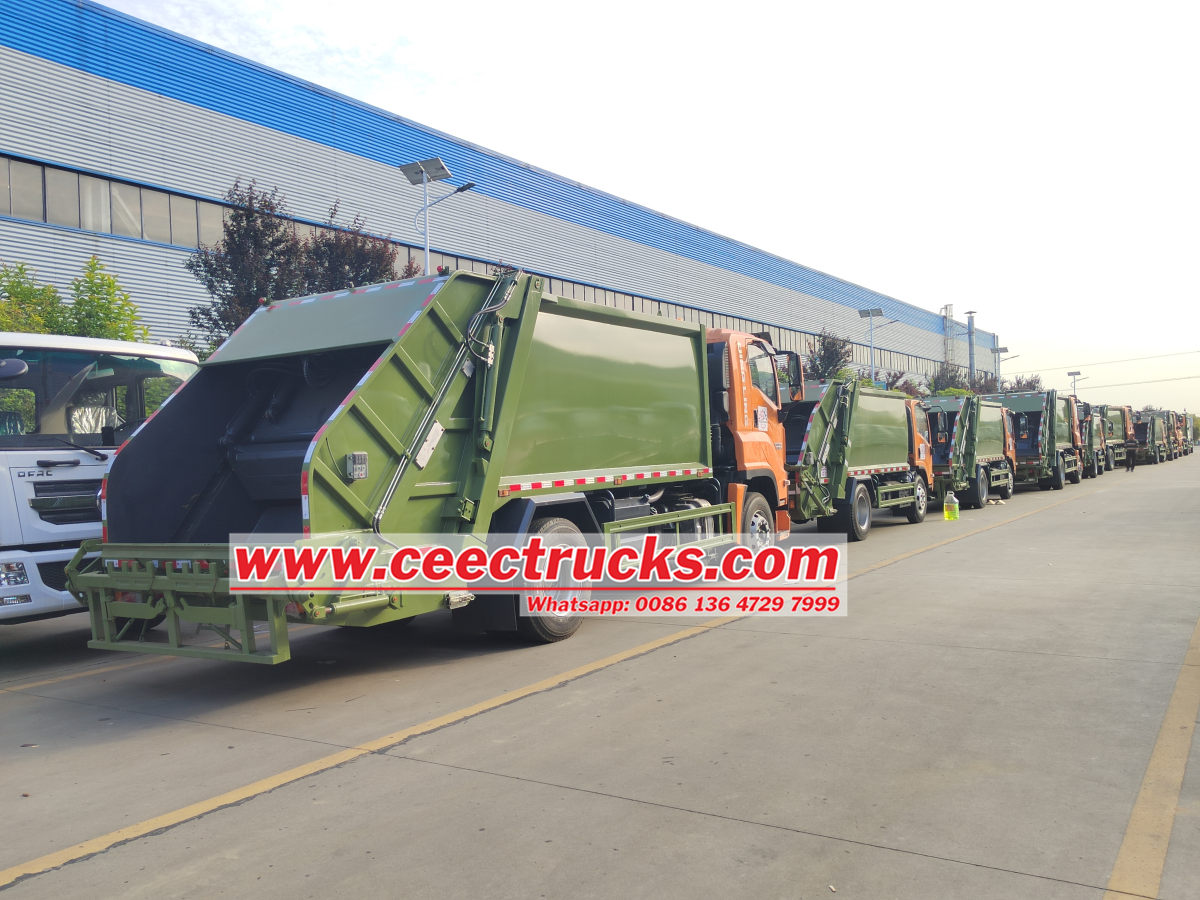
2. Safety performance inspection
Safety performance is the core content of the compression garbage truck inspection, mainly including the inspection of automatic control system, braking system, cab, lighting and transmission system.
Automatic control system: The automatic control system must have a high degree of stability and reliability to ensure the safe operation of the vehicle in a complex environment. During the inspection, the control system needs to be simulated multiple times to verify its response speed and accuracy.
Braking system: The performance of the braking system is directly related to the safety and stability of the vehicle. During the inspection, the braking system needs to be tested several times to ensure that it can stop smoothly within the specified distance. For example, when the garbage truck is driving at a speed of 30km/h, the braking distance should be less than 9m.
Cab: The design of the cab must comply with ergonomic principles to ensure that the driver can remain comfortable and safe during long driving. During the inspection, the seats, steering wheels, pedals and other components of the cab need to be carefully checked to ensure that they function properly and are easy to operate.
Lighting: The vehicle's lighting system must have sufficient brightness and stability to ensure that the driver can clearly identify the road conditions at night or in bad weather conditions. During the inspection, the lights need to be tested on and off several times to verify their brightness and symmetry.
Transmission system: The performance of the transmission system is directly related to the vehicle's driving stability and fuel economy. During the inspection, the transmission system needs to be simulated multiple times to verify its gear shifting smoothness and power output stability.
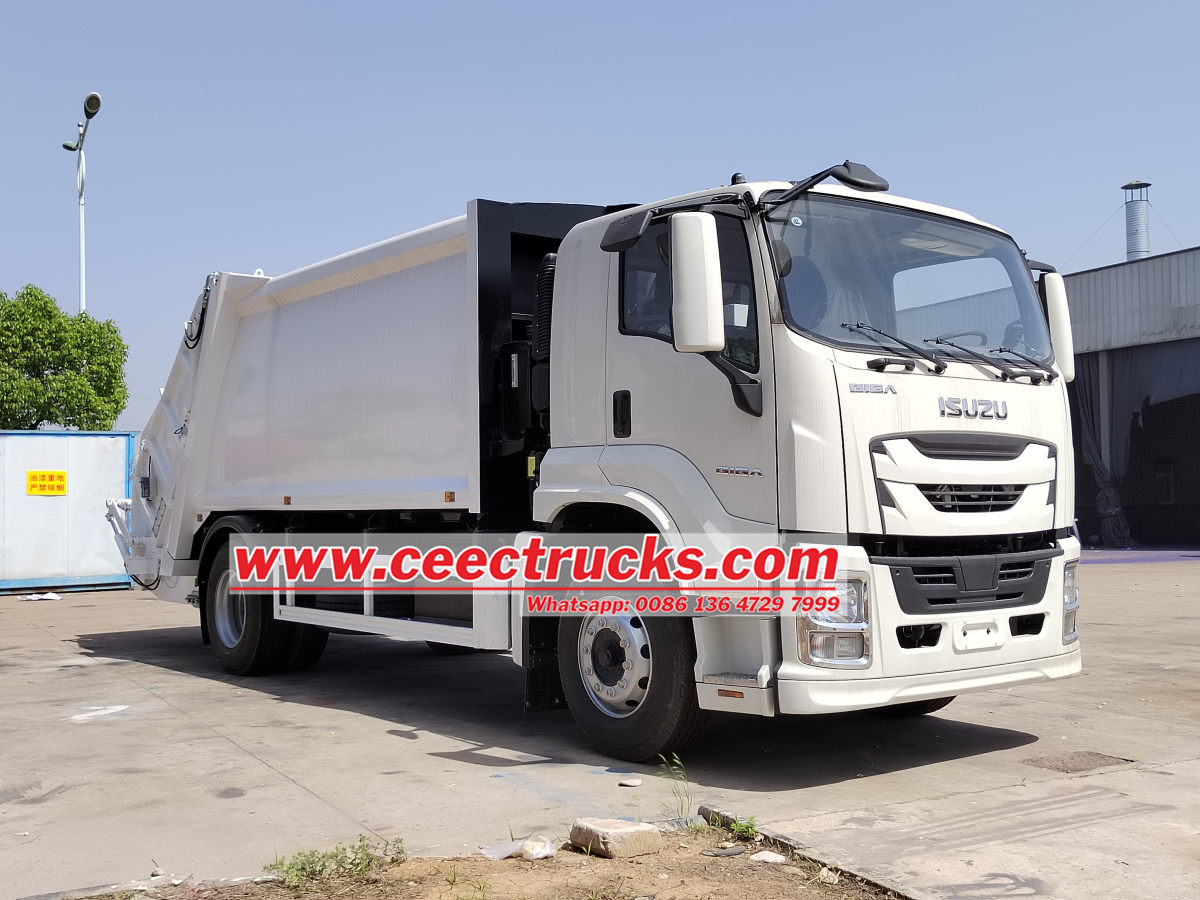
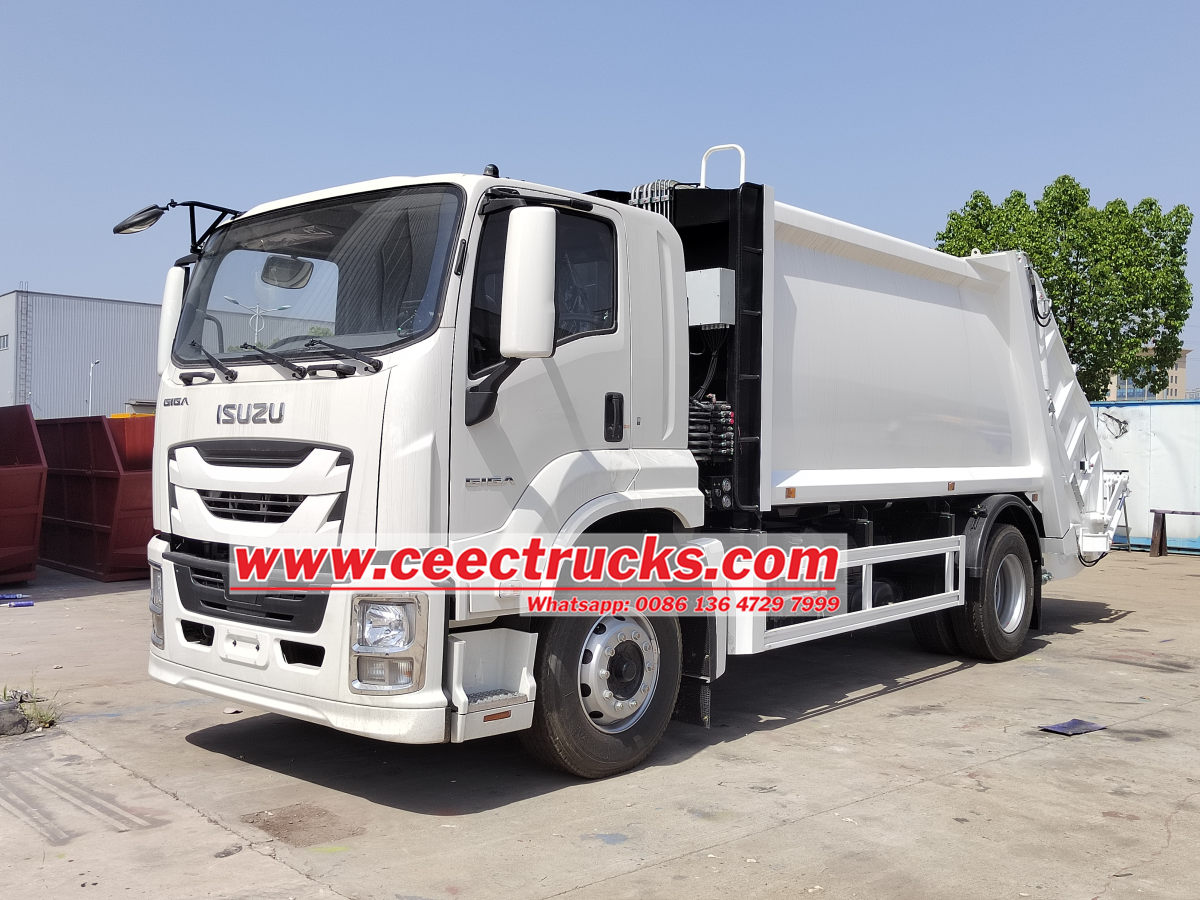
III. Other inspection contents
In addition to vehicle performance and safety performance inspections, the inspection of compression garbage trucks also includes inspections of appearance quality, paint quality, instrument readings, hydraulic systems, and special devices.
Appearance quality: The appearance of the vehicle must be flat and smooth, without obvious scratches and dents. Welded parts must be flat, smooth and without obvious welding defects.
Paint quality: The paint must be uniform, bright and without defects such as sagging and bubbling. The color must be consistent with the regulations and easy to identify.
Instrument readings: The vehicle instruments must be accurate, clear and easy to read. During the inspection, the brake pressure gauge, ammeter, water temperature gauge and other instruments must be tested multiple times to verify their accuracy.
Hydraulic system: The hydraulic system must have sufficient stability and reliability. During the inspection, the performance of components such as hydraulic cylinders, pumps, valves, etc. must be tested to ensure that they can work properly.
Special equipment: Special equipment must have high stability and reliability. During the inspection, multiple simulation tests must be conducted on components such as power take-off devices, stuffers, and unloading devices to verify their working performance and safety.
